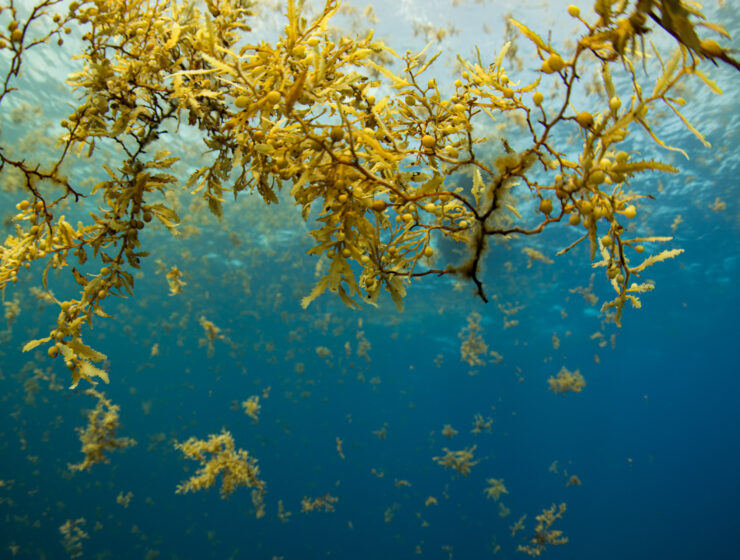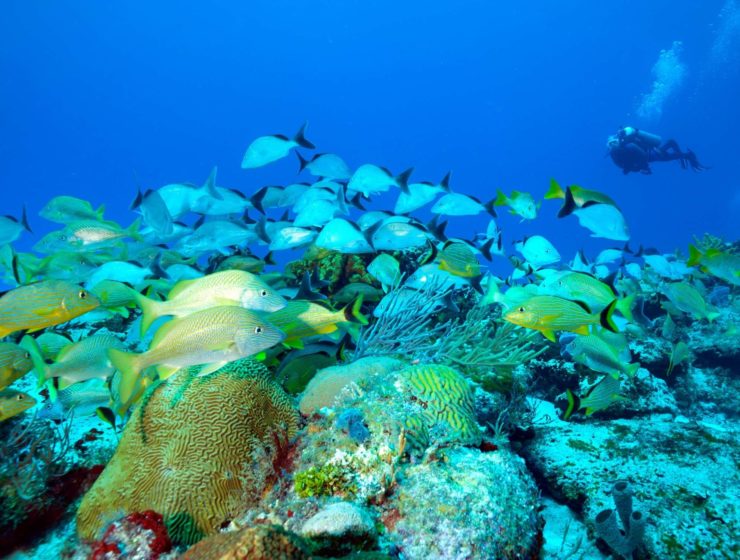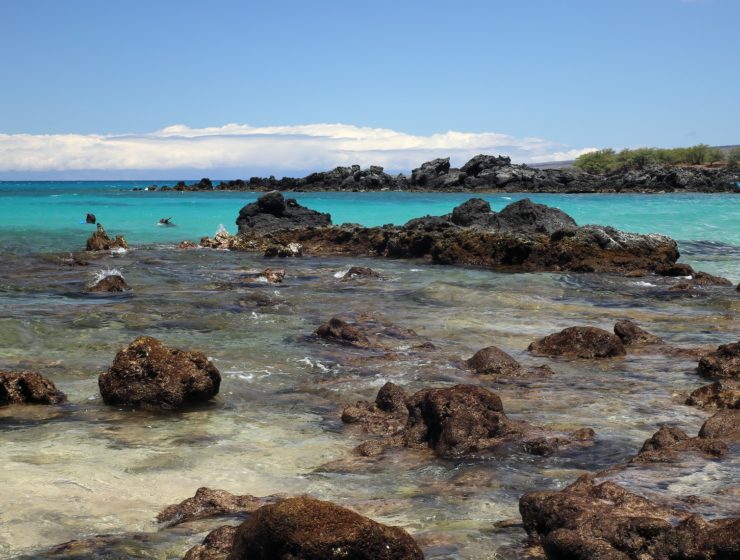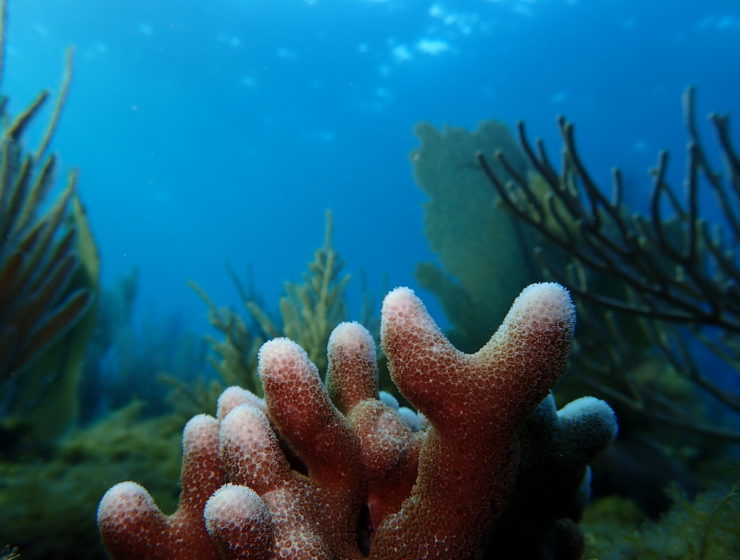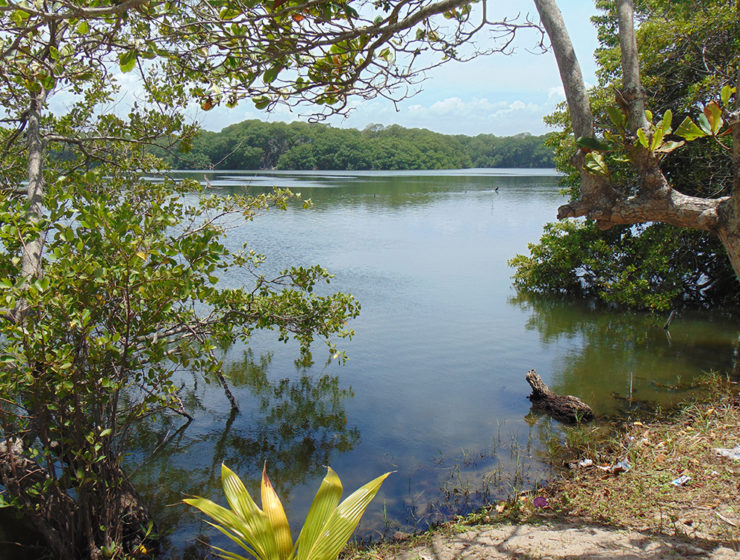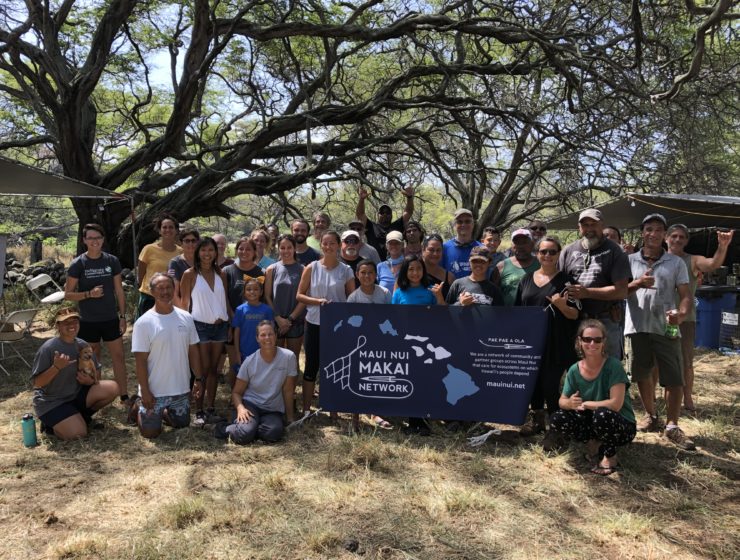From Thriving Fish to Spicy Salsa—Here’s How an Aquaponics System Could Support Coastal Communities
Did you know there’s a fish tank that produces tasty vegetables, can create economic opportunities, and helps protect coral reefs? It’s called an aquaponics system, and it combines aquaculture and hydroponics to raise fish and grow organic fruits and vegetables. An aquaponics system relies on a symbiotic relationship between fish and plants. Fish waste fertilizes… Continue Reading →

